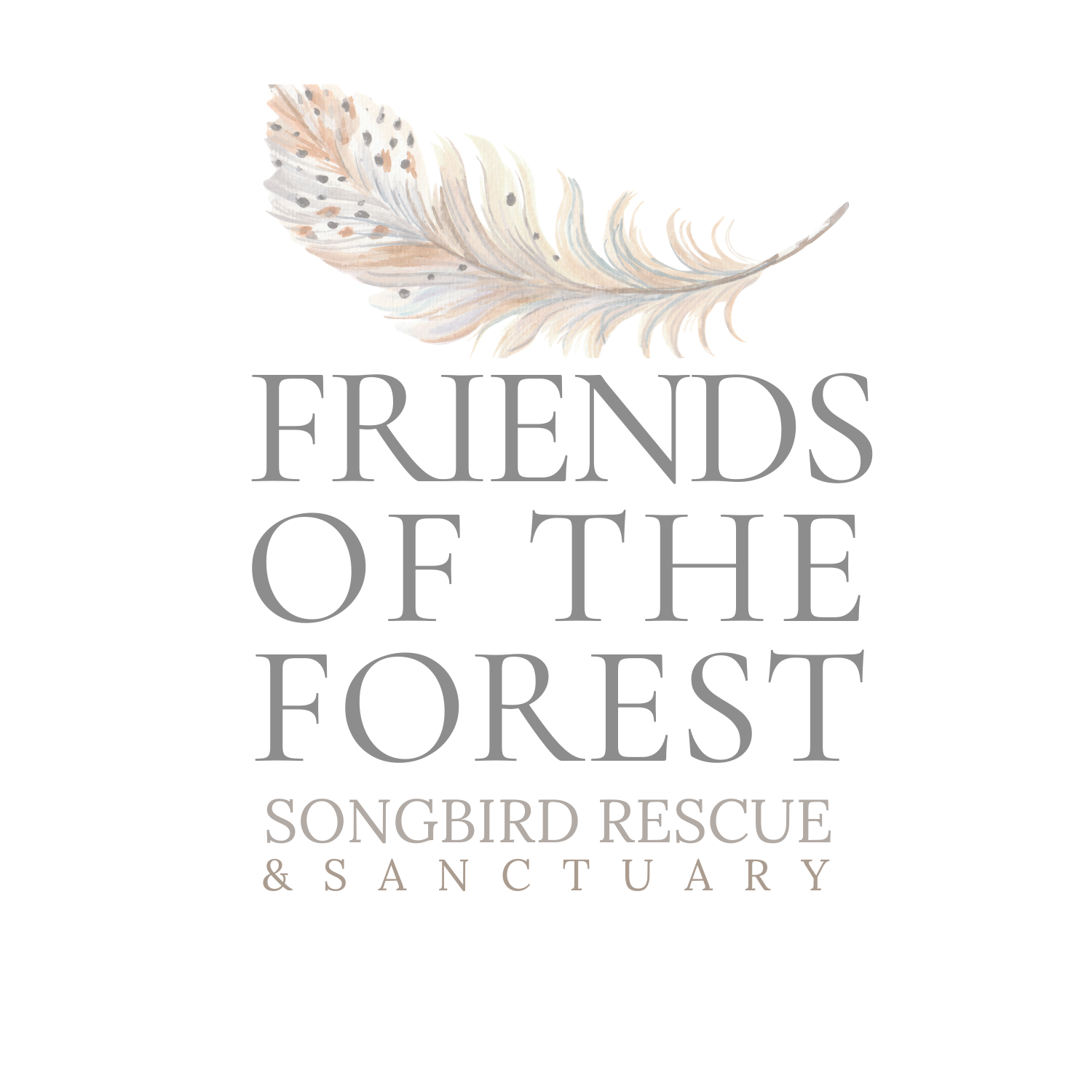
How to Help a Bird that has Collided with a Window
The number of birds killed at windows is astonishingly high — one billion dead birds every year in the United States alone. Birds do not see or recognize glass as a barrier. When you hear a bird hit a window, time is of the essence! Rush to the aid of the bird.
Although there are several variables that account for bird strikes, the primary cause is reflection. Birds see a continuation of the forest reflected in the window, particularly at certain times of the day. When they are startled and rush to cover or the open sky, they often mistake a reflection for the sky or cover.
In cities, the biggest fatalities occur at night during spring and fall migrations, when building lights lure birds into deadly collisions. Light-dimming campaigns, such as the Fatal Light Awareness Program, are helping to raise awareness about this danger and educating people on how to make their windows safe for birds.

Nearly all birds left on their back will die quickly. There is no reviving them after even a few minutes of being on their backs. Time is of the essence.
How To Help a Bird that has Collided into Glass
Step by Step
FIRST STEP
Pick the bird up in your hands; it may be semi-conscious and fluttering although many if not most crash victims will be found on their back looking quite dead.
SECOND STEP
PICK THE BIRD UP and immediately turn the bird right-side-up in your hand so that its body is properly oriented. It needs this upright orientation (feet down, wings & back up) for proper neurological functioning. Gently close your hands around the bird and place it in a confined space for a period of time to help it recuperate.
THIRD STEP
Place several layers of paper towels in a small, clear plastic container with a vented top (no larger than 10×12) with a small leafless branch securely wedged in place that can be used once it starts moving. Place a multi-folded piece of cotton fabric to lay the injured bird on that will support its head and body in an upright position while regaining consciousness.
FOURTH STEP
Immediately position the incapacitated bird right-side-up with its head and beak propped up on the upper fold of the cloth. Make sure its legs are not in a distorted position. After it is positioned properly in the container, close the vented lid and let it rest with a towel partially draped over the container to minimize light. Put the container in a safe place out of the sun (and away from any pets) and monitor the bird’s progress. Avoid making noise or sudden movements that might disturb it.
FIFTH STEP
The bird will need a minimum of a half-hour of quiet recovery time, and some will need an hour or more. If it flutters around banging itself against the walls of the container towards the end of the recovery period you can let it go sooner if you think it might hurt itself. Most birds, however, recuperate more slowly while regaining their strength. Remember, adequate confinement time is vital for their recovery.
NOTE: Never try to feed an incapacitated bird or use a dropper to give it water. And never try to medicate.
SIXTH STEP
Once you see that it can stand comfortably on both legs and its feet can firmly grasp the branch that you have placed in the container and you see that its wings are normally functioning it is time to release the bird outside. Place the container on the ground (or table, etc.) and gently lift the top off the container. Let the bird determine when and how to exit. It is a very good sign if it flies in a straightforward manner to the protection of nearby trees.
Did you know that birds are killed most frequently at windows 15 to 30 feet from a feeder? Birds can build up enough momentum to kill themselves if they leave a perch as close as 3 feet from a window, and that kills drop to virtually zero when feeders are less than 3 feet away.
Window feeders are safe for birds and great for you!
By placing bird feeders right on our windows, not only do we get the best possible views of birds, but we get to protect them, too.
Feeding stations too large to place directly on or right next to windows should be placed at least 30 feet away. This is especially important for windows showing a clear path to trees or houseplants, windows that reflect trees or sky, and windows with a track record of collisions (like bay windows).
If a bird hits your window from within 3 feet they will likely not be going fast enough to hurt themselves. If your feeders are more than 30 feet away, they should have time to make flight adjustments and avoid your windows. This won’t completely stop window strikes but it should help.


